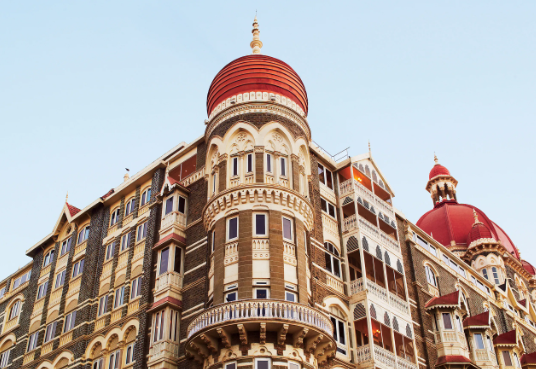Fatehpur Sikri is a small city located in the Agra district of Uttar Pradesh, India. It was founded by Emperor Akbar in the 16th century and served as the capital of the Mughal Empire from 1571 to 1585. The city is now a UNESCO World Heritage Site, known for its magnificent architectural structures and rich history.
Akbar, the third Mughal Emperor, decided to build the city after the birth of his son Jahangir. He wanted a new capital that was more centrally located and easily accessible from all parts of his vast empire. He chose a barren hill near the village of Sikri, about 40 kilometers from Agra, and started building his dream city.
Fatehpur Sikri is a perfect blend of Hindu and Muslim architecture, reflecting the secular and liberal mindset of Emperor Akbar. The city has several palaces, mosques, and public buildings, each with its unique style and design. The buildings are made of red sandstone, and the intricate carvings and filigree work on the walls are simply stunning.
One of the most impressive buildings in Fatehpur Sikri is the Jama Masjid, a grand mosque that can accommodate over 25,000 people. The mosque is built on a raised platform and has a vast courtyard surrounded by pillared cloisters. The main prayer hall has three domes and several ornate mihrabs. The mosque is a masterpiece of Mughal architecture and a testament to the religious tolerance and pluralism of Emperor Akbar.
Another notable building in Fatehpur Sikri is the Buland Darwaza, a massive gateway built to commemorate Akbar’s victory over the state of Gujarat. The gateway is 54 meters high and has a central arch that is 43 meters wide. The gateway is adorned with intricate carvings and inscriptions from the Quran. It is considered one of the finest examples of Mughal architecture and a symbol of Akbar’s military prowess.
Fatehpur Sikri also has several impressive palaces, including the Diwan-i-Khas, Diwan-i-Aam, and the Panch Mahal. The Diwan-i-Khas, or Hall of Private Audience, was used by the Emperor for private meetings with his advisors and ministers. The hall is adorned with intricate carvings and has a central pillar made of solid gold. The Diwan-i-Aam, or Hall of Public Audience, was used by the Emperor to listen to public grievances and issues. The hall has a raised platform where the Emperor would sit, surrounded by his courtiers and advisors.
The Panch Mahal, or Five-Storey Palace, is a unique building that served as a pleasure palace for the Emperor and his family. The palace has five stories, each with a different design and purpose. The ground floor was used for meetings and gatherings, while the upper floors were used for recreation and entertainment.
Fatehpur Sikri is not just a collection of buildings and palaces; it is a testament to the vision and grandeur of Emperor Akbar. The city is a reflection of his secular and liberal mindset, where people of different religions and cultures could coexist in harmony. The city was abandoned after just 14 years of its construction, due to a shortage of water and other resources. However, the city still stands today, as a reminder of the glorious past of the Mughal Empire.
In conclusion, Fatehpur Sikri is a marvel of architectural grandeur and a symbol of the rich history and culture of India. The city is a must-visit for anyone interested in history, architecture, and culture.










